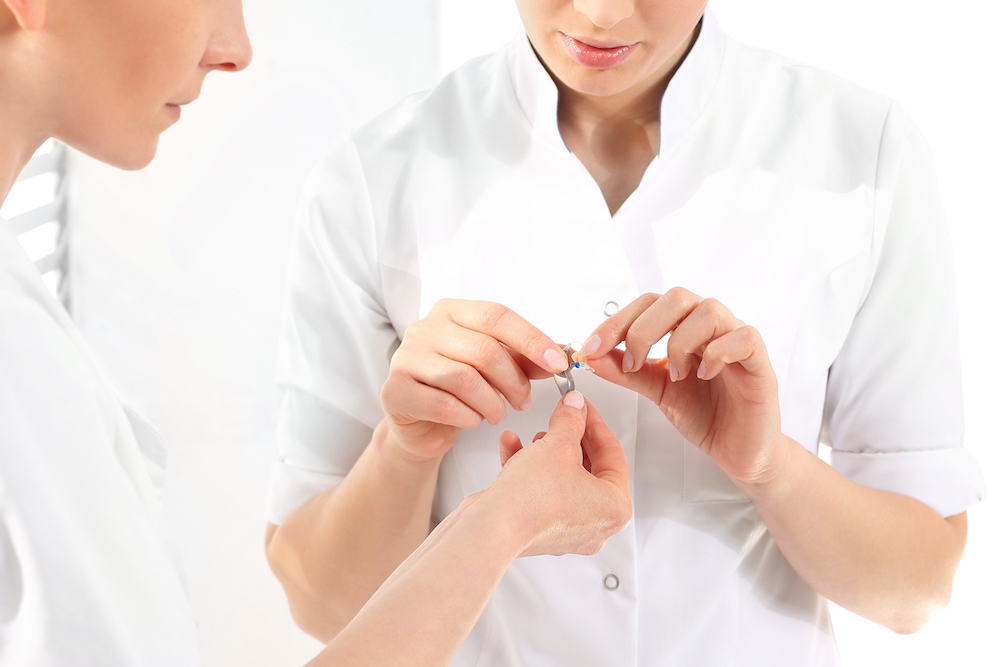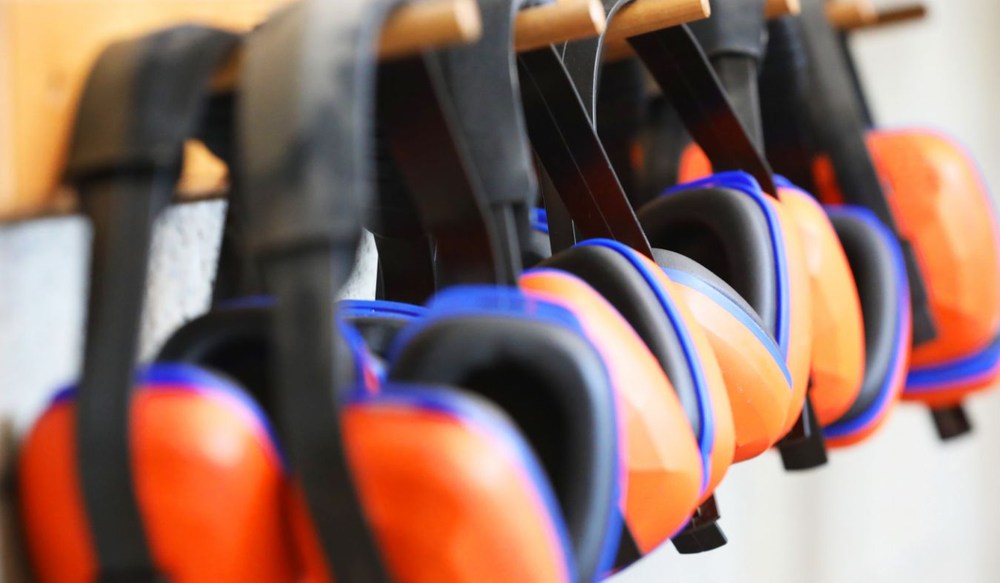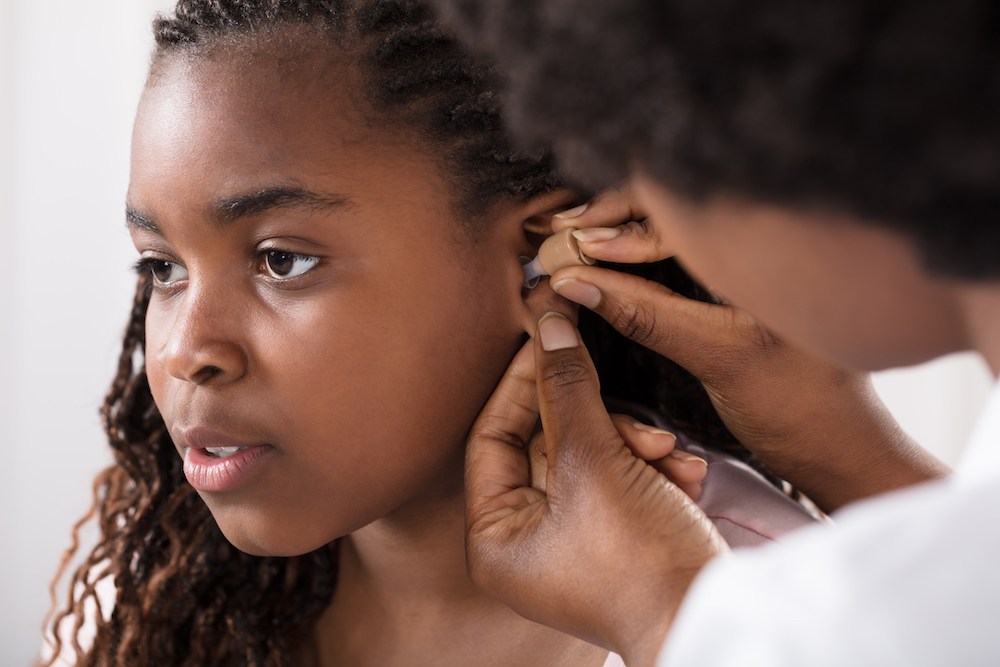What Young Adults Should Know About Hearing Protection
Hearing protection might not be something most young adults think about,
We’re Hiring! Click Here to Learn More About Our Career Opportunities →

Although hearing aids are great value for money, they are not disposable. Those who wear assistive hearing devices need to look after them. But how? Let’s take a look at how to properly care for your hearing aids.
Before doing anything else, it’s a good idea to establish a routine for caring for your hearing aids. Ensure that they are stored in a safe place while not in use. Keeping them in the drawer of your bedside table, for example, will prevent both children and animals from damaging them while you’re asleep.
The next thing to do is choose a device that is suitable for your lifestyle. If you do a lot of physical activity, then you may be better served by an in-the-ear device (such as completely-in-the-ear-canal), rather than a device that fits over the back of the ear.
Finally, if you do notice any damage to the hearing aid, see a hearing health professional immediately. Damaged hearing aids may result in poorer sound quality.
Both moisture and water can damage the sensitive internal circuitry and components of your hearing aid. Some hearing aid manufacturers use water-resistant technology to help repel water from the surface of their devices, but no technology is failsafe. As somebody who wears a hearing aid, you need to actively think about how to prevent water from damaging your equipment.
Here are some of the things you can do:
Hearing aid manufacturers know that earwax buildup is likely to occur. Hearing aids can prevent the small hairs on the inside of the ear canal from shifting earwax out of the ear, causing a buildup near the speaker. Most hearing aids feature an earwax guard over the speaker. However, this can sometimes become clogged and in the worst cases, overwhelmed to the point where wax begins to make its way into the interior of the device.
Cleaning your hearing aid regularly is, therefore, essential. Most professionals recommend that you wipe critical components every morning before you go about your day.
When cleaning, be careful not to wipe wax into any microphone or speaker openings. Some devices leave open spaces to help with sound quality, so you need to be careful.
Finally, for behind-the-ear devices, check that the tube connecting them is free from debris. If you notice any wax or dirt, clean it off.

Hearing protection might not be something most young adults think about,

Hearing loss usually starts gradually, making it hard to notice right

Choosing the right hearing aid for your needs is about more than just